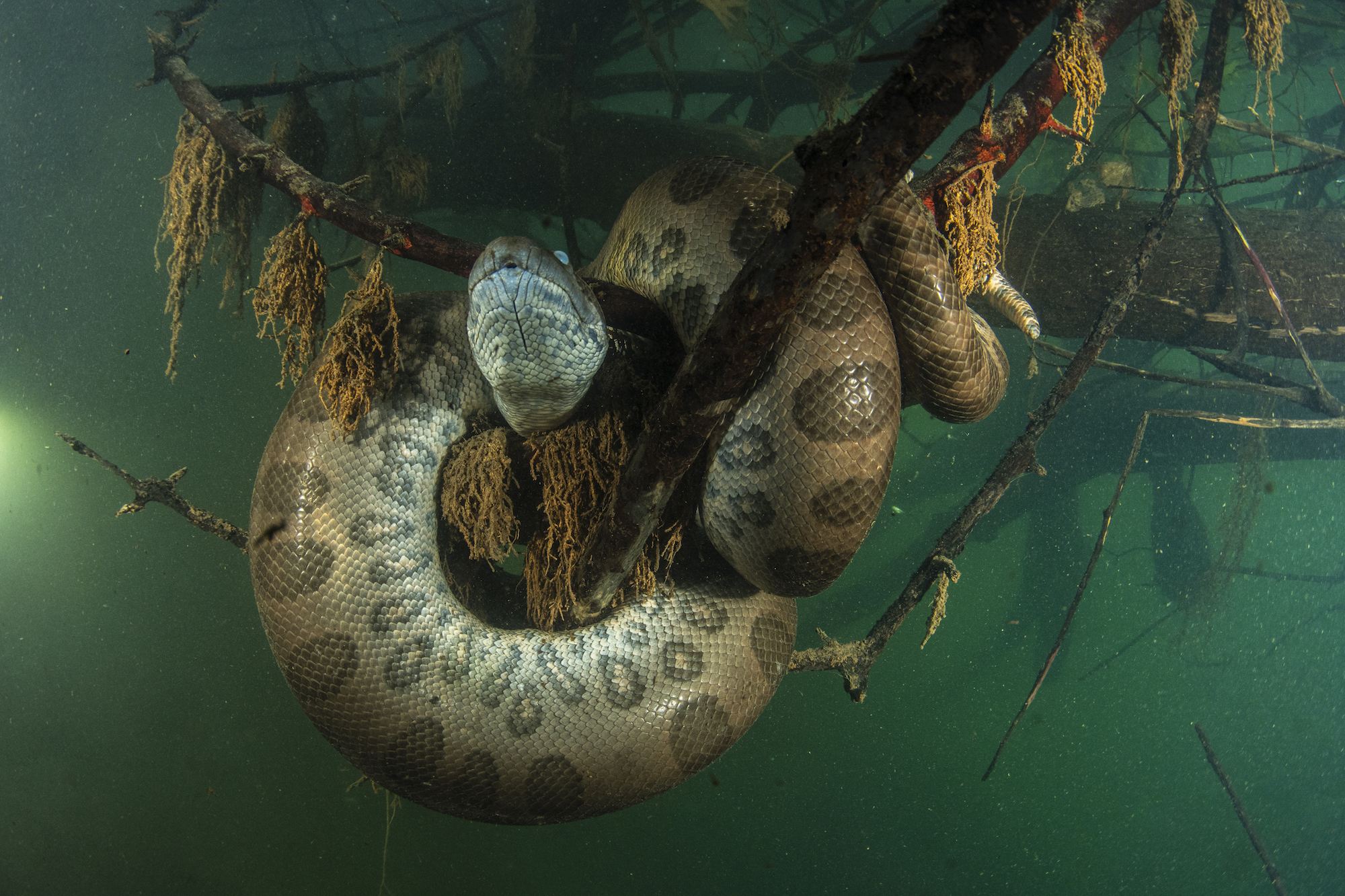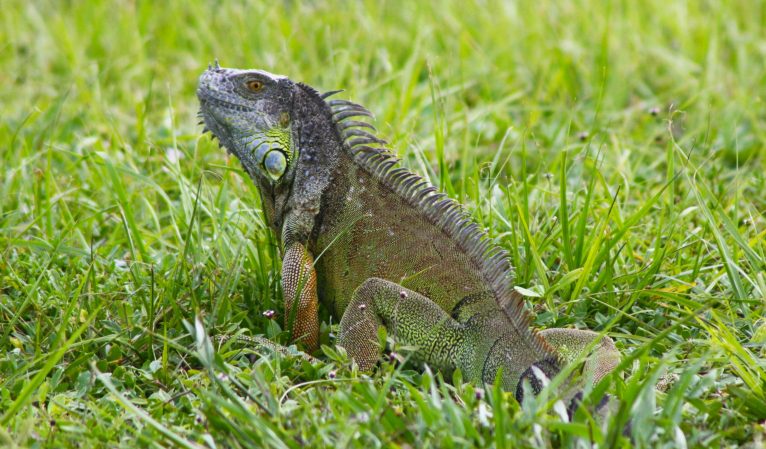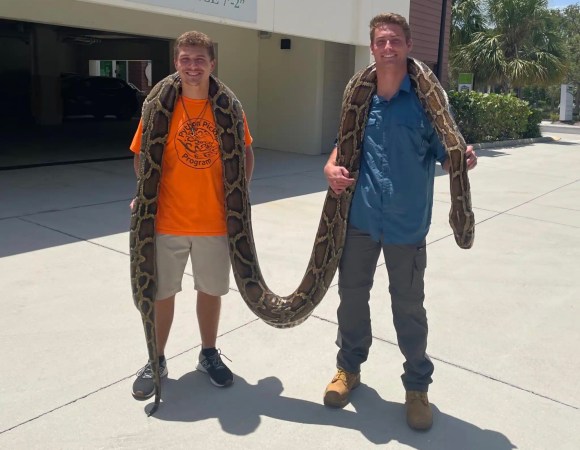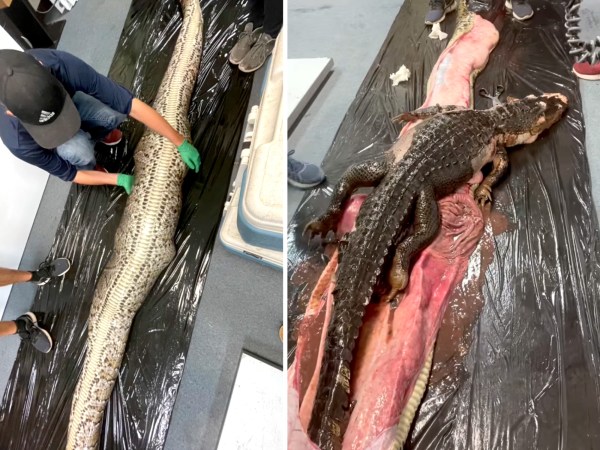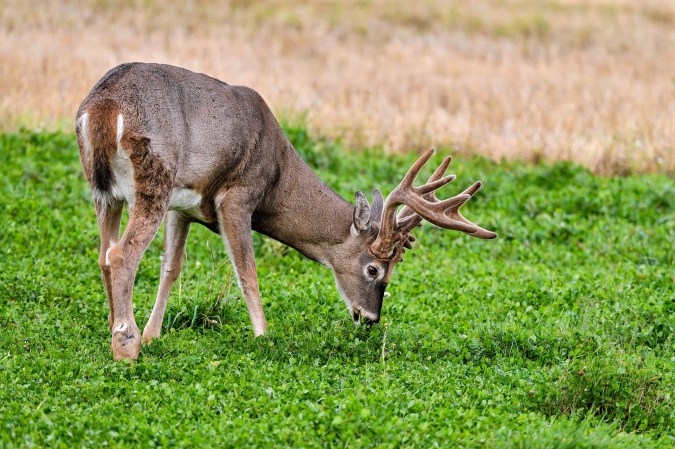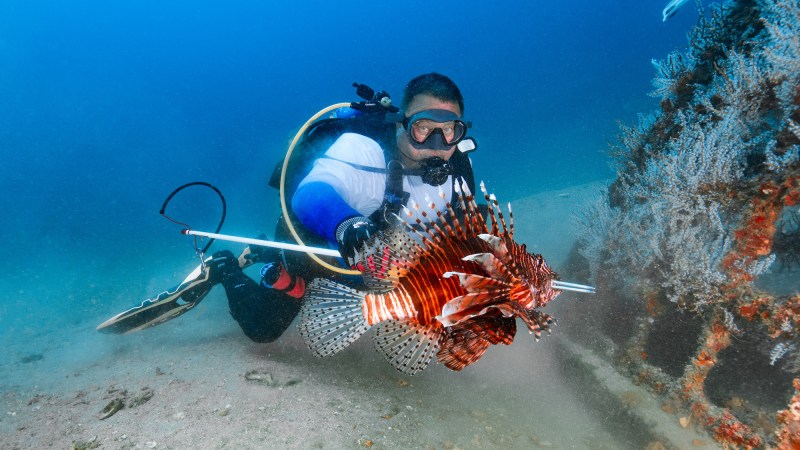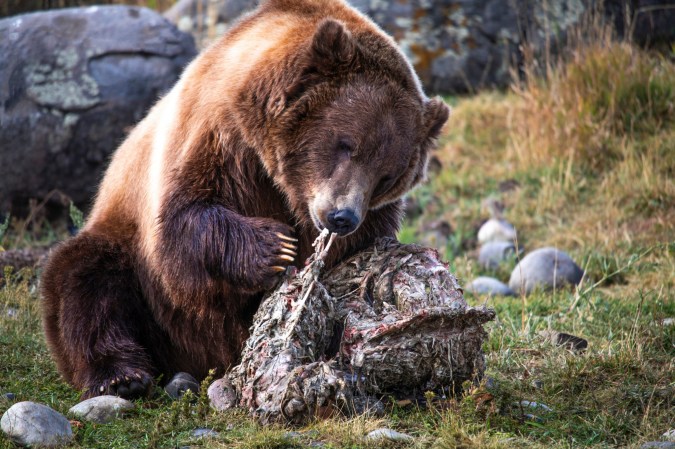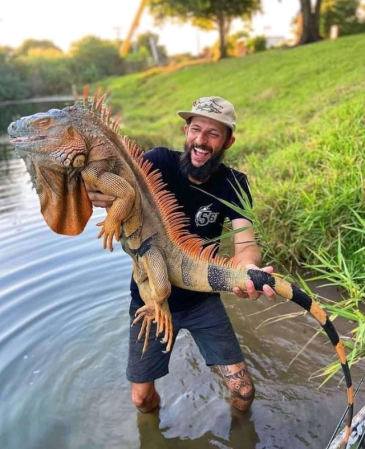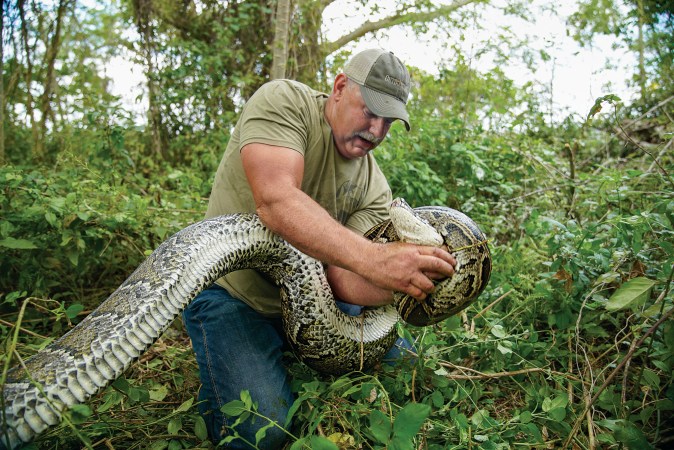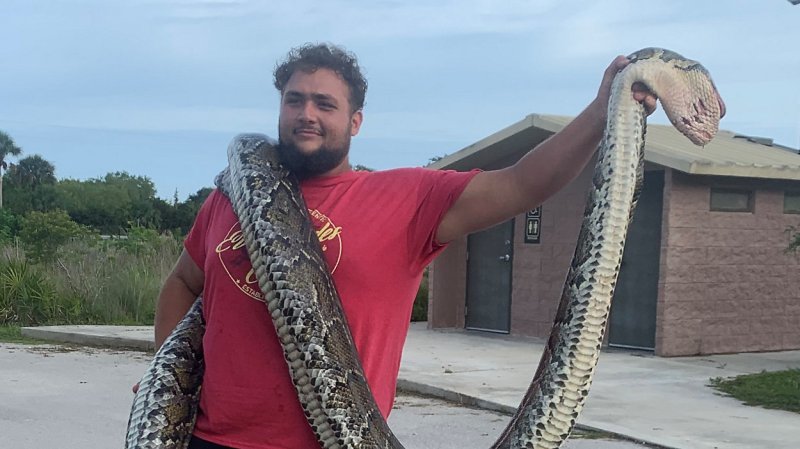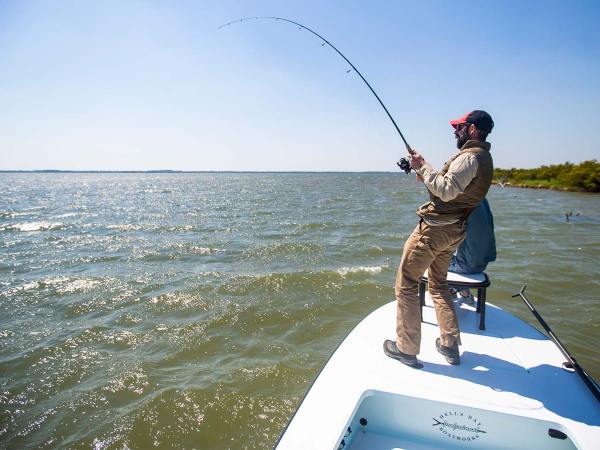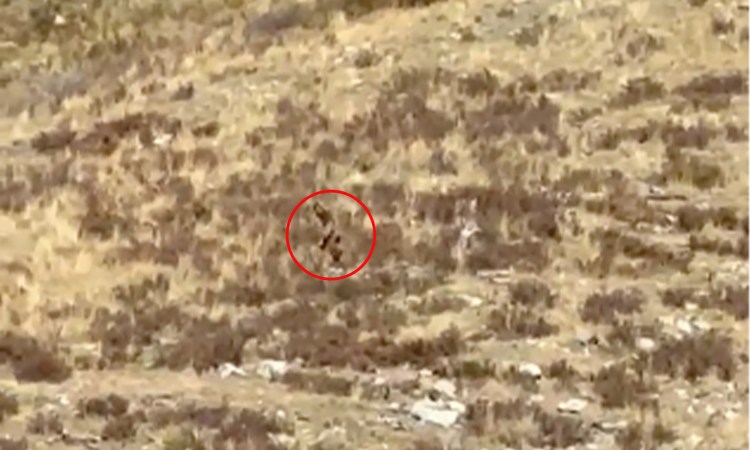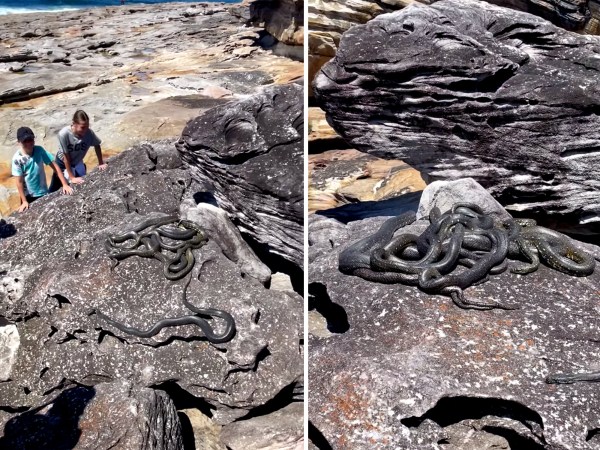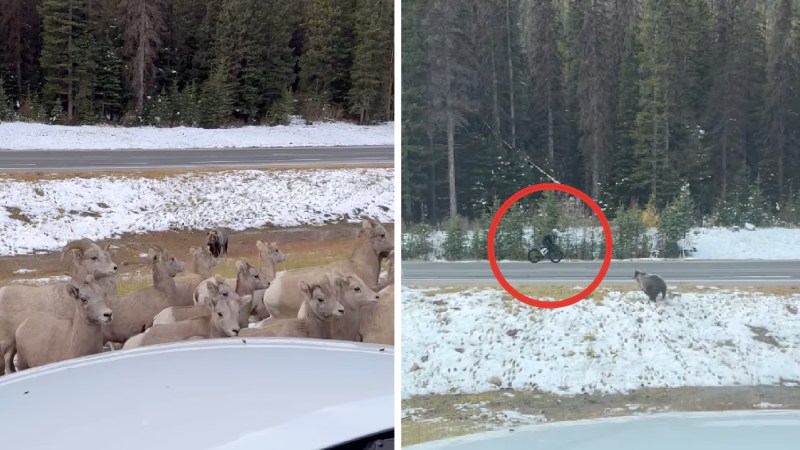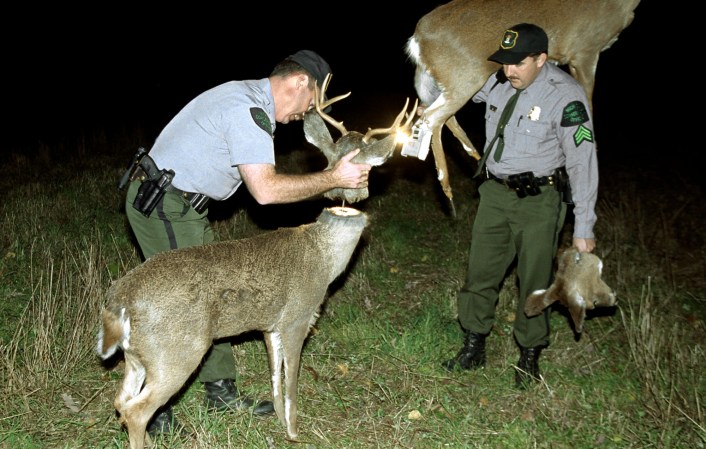Snakes live just about everywhere. From black rat snakes in the garden to rattlers out West, they’re simply a part of many healthy ecosystems. It’s the venomous snakes and the giant, bone-crushing constrictors that tend to freak people out. So if you’ve ever had nightmares about being swallowed by a snake, you’re not alone. The jungles of the world are home to several species that can gobble up a human, and the idea of a massive, legless man-eater has haunted the human psyche for millennia. Indigenous cultures in the Amazon and elsewhere have passed down stories about these snakes and they still fascinate us today, making their way into Hollywood movies and TV shows. So, what is the biggest snake in the world? And what are the chances it’ll eat you alive?
Defining “Big” in the Snake World
Depending on your definition of “big,” there are two species in the running for the biggest snake in the world: the reticulated python and the anaconda.
The reticulated python is the world’s longest snake. Native to Southeast Asia, these reptiles average around 20 feet long and can reach lengths of more than 30 feet. They’re closely related to Burmese pythons, which are taking over the Florida Everglades and wreaking havoc on native wildlife. (The Florida Fish and Wildlife Commission encourages people to kill these invasive snakes, and the biggest pythons in Florida are more than 18 feet in length.)
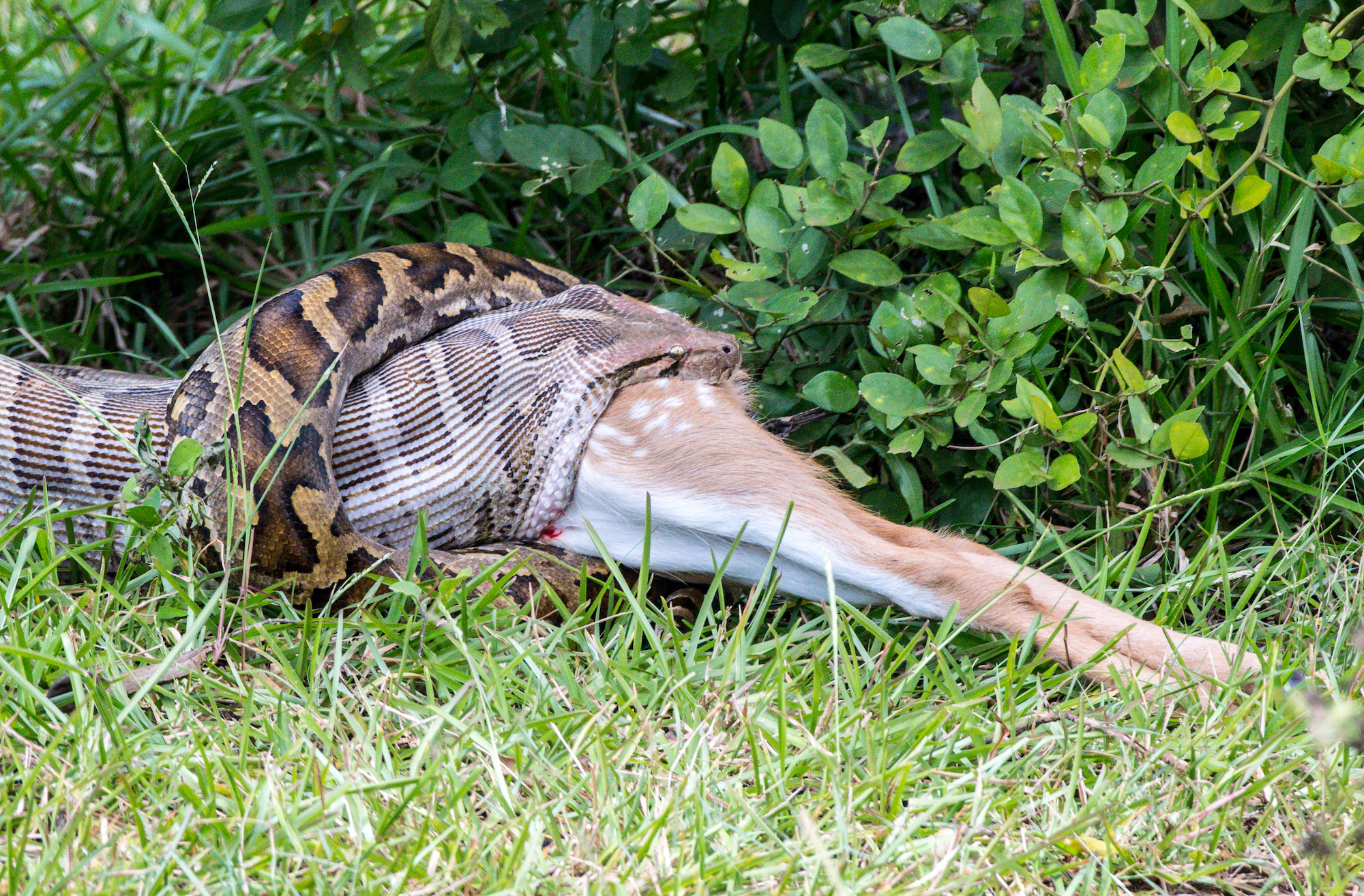
In terms of sheer weight, however, the anaconda easily takes the size prize. While they don’t grow quite as long as reticulated pythons, topping out around 17-20 feet, these South American snakes are much girthier and bulkier. They’re also incredibly strong hunters, which is why they hold such a mythical status in many cultures throughout their native range.
Both the reticulated python and the anaconda are non-venomous constrictors, which means they kill their prey by wrapping their bodies around it and squeezing it to death. Their reliance on sheer physical force helps explain how they’ve evolved to such monstrous proportions.
Taking it one step further, the biggest snake in the history of the world, as far as we know, was the Titanoboa. This long-extinct species lived on the planet around 66 to 56 million years ago, according to Encyclopedia Britannica. Scientists believe that anacondas and boa constrictors evolved from this snake, and a fully grown Titanoboa would have weighed more than a ton and measured over 40 feet long.
The Green Anaconda: The Biggest (and Scariest) Snake
There are four different species of anaconda, including the yellow (or Paraguayan), the dark-spotted, and the Bolivian anaconda. The green anaconda is the largest of the four, and this is the species that most people think of when they hear the name.
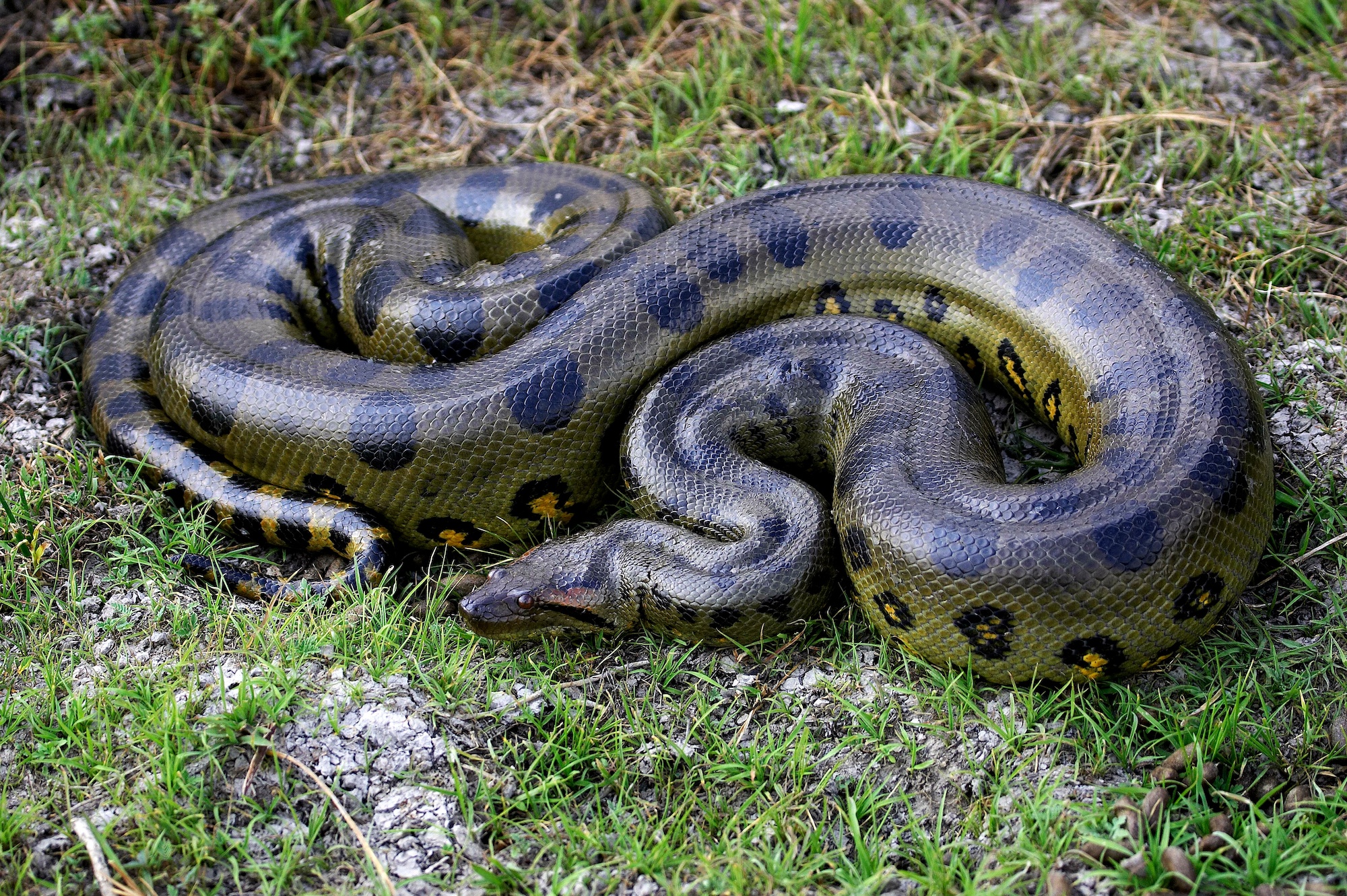
These snakes can be found in the northern regions of South America, including Colombia, Brazil, and Venezuela. Also known as water boas, green anacondas were called matatoros (meaning “bull killers”) by early Spanish explorers because of their ability to kill and eat such large prey. Its size, stealth, and hunting prowess make the green anaconda not only the biggest snake in the world, but also one of the scariest.
How Anacondas Hunt
Anacondas are ambush predators that spend most of their lives in and around the water, where they lie in wait for unsuspecting critters. With their eyes and nostrils situated on the top of their heads, they can see, breathe, and hunt with most of their body still underwater. They can also spend up to 10 minutes submerged without having to come up for air.
Just like pythons and other constrictors, anacondas regularly swallow animals that are larger than themselves. They eat all sorts of birds, fish, and small mammals, but they’ll also hunt deer and capybara—both of which can reach weights of 100 to 200 pounds. They’ll even attack jaguars and caimans (a relative of the crocodile), and they’ll occasionally come out on top.
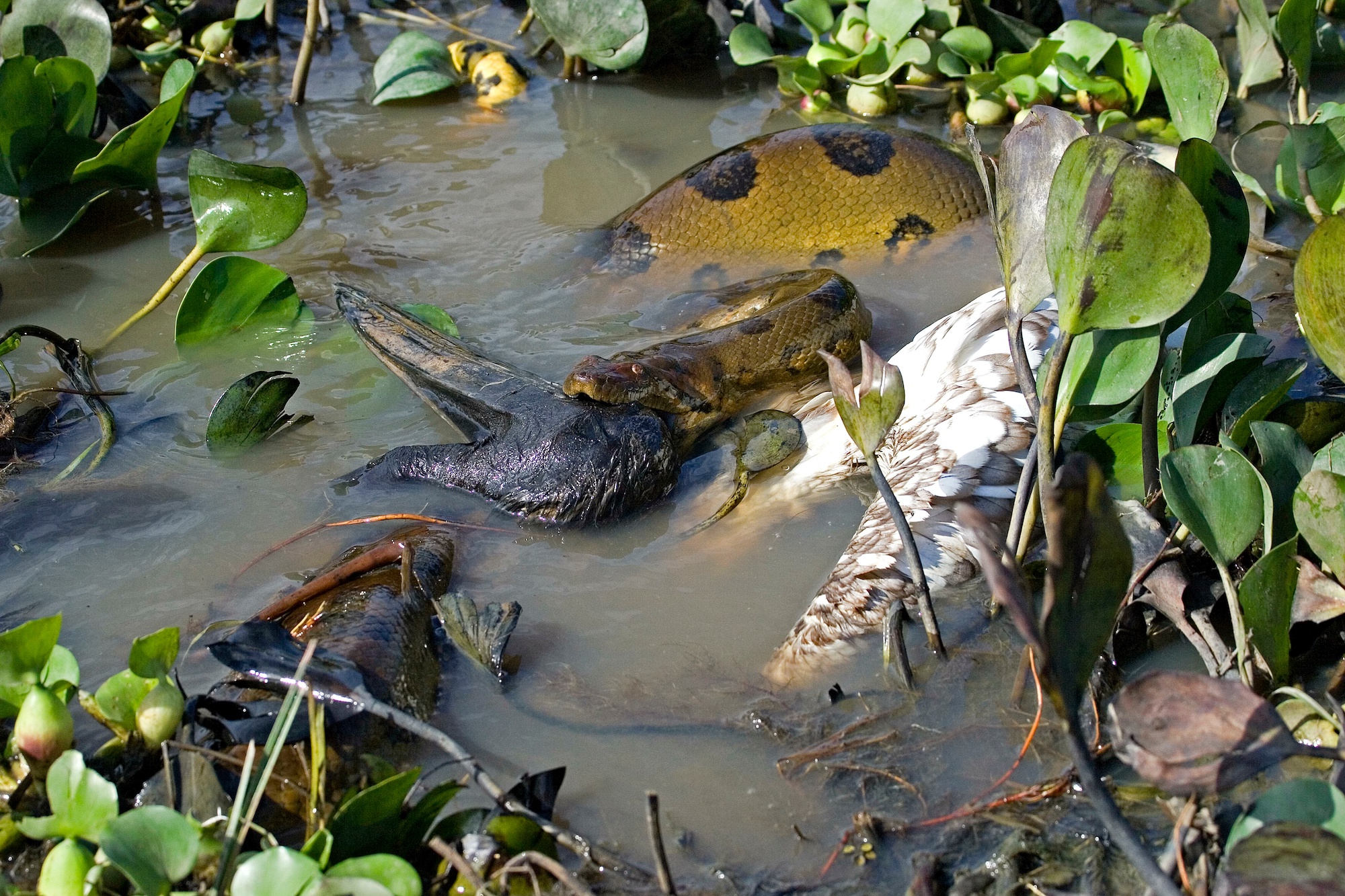
Anacondas use their large, backward-pointing teeth to latch onto their prey tightly and drag it into the water. Then they coil their massive bodies around the animal and squeeze until it asphyxiates. They’re able to swallow such large prey by detaching their jaws and using their esophagus muscles to force it into their stomach, where it sits for days or even weeks before being fully digested. An anaconda can then go for weeks or months without eating another meal.
More Cool Facts About Anacondas
Anacondas are unlike most other snakes in that they don’t lay eggs. Females, which are considerably larger than the males, give birth to live young after a seven-month gestation period. They’ll typically give birth to dozens of baby snakes, which immediately go off on their own.
The way they reproduce is also fascinating. Anacondas are one of the few species that has been recorded giving a “virgin birth” in captivity without any help from a male.

In the wild, they form giant mating balls wherein multiple males (sometimes more than a dozen) try to breed a receptive female at the same time. The males will fight it out this way for up to five weeks, at which point the female will usually end the affair by eating one of the males. One theory is that because females don’t eat during the long gestation period, this is their last opportunity to get some nutrients.
Yeah, But Can Anacondas Eat People?
Anacondas are perfectly capable of eating a human whole, and there are plenty of unconfirmed stories about them attacking and killing people in the wild. However, there is still no evidence of this actually happening.
In 2014, author Paul Rosolie tried to prove that an anaconda could eat a human by hosting a documentary special on the Discovery Channel called “Eaten Alive.” In the show, Rosolie put on a protective suit that was supposed to keep his bones from being crushed. After covering the suit in pig blood, he tried feeding himself to a 20-foot anaconda. The snake attacked and coiled around Rosolie, but in one of the more disappointing endings in TV history, he called off the stunt because he thought the snake might break his arm.
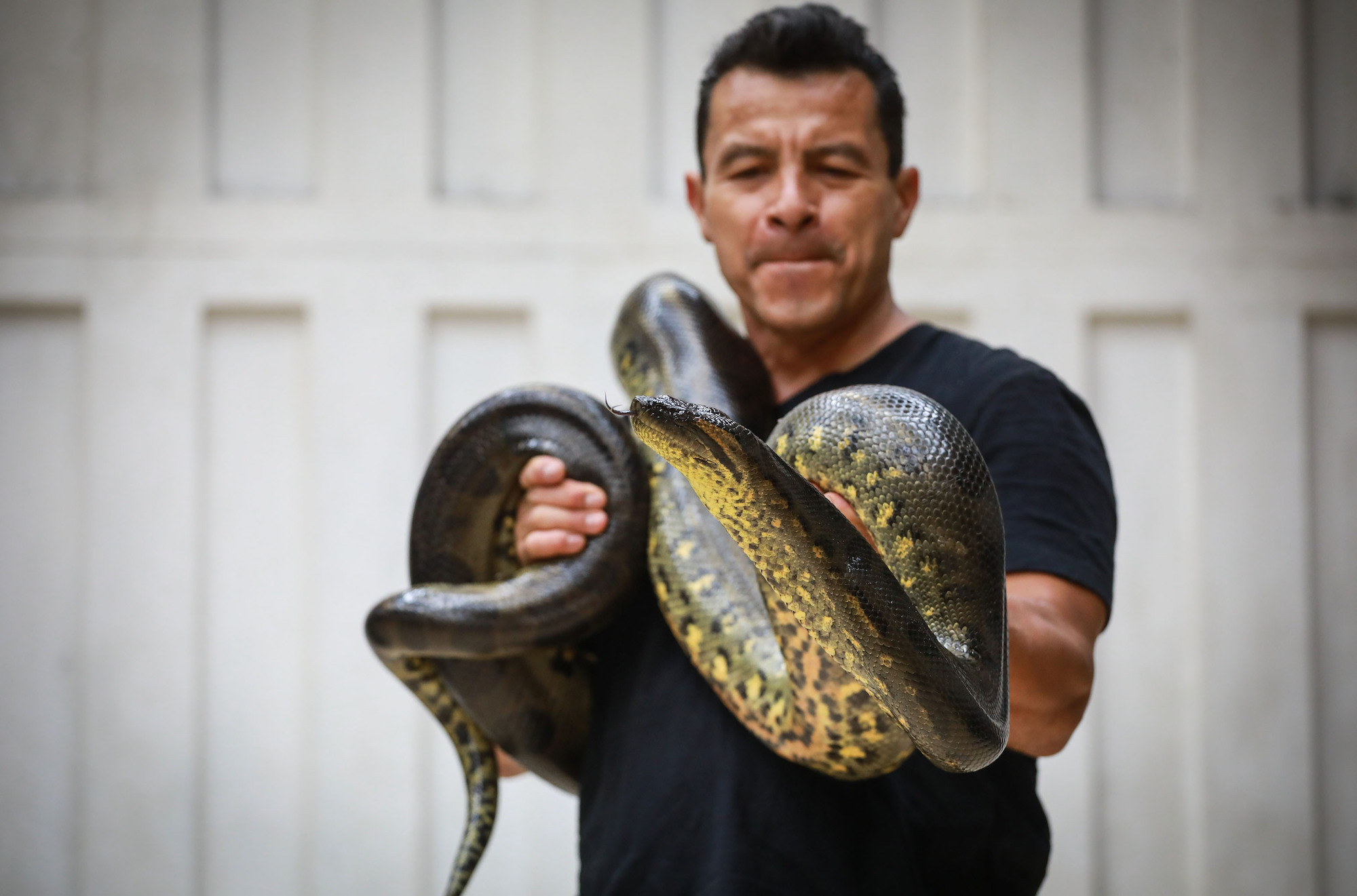
All this means that if you find yourself in the jungles of South America anytime soon, you can rest assured that you almost certainly won’t get eaten by an anaconda. (Something else, like unfiltered water or a mosquito bite, will probably kill you first.)
If you travel to southeast Asia, however, it would be wise to steer clear of any reticulated pythons. These giant snakes can and have eaten people. It’s happened at least three times since 2017, and the most recent known victim was a 54-year-old Indonesian woman who was swallowed whole by a python in 2022.
FAQs About the Biggest Snakes in the World
Yes. This is simply another nickname, as green anacondas are also sometimes referred to as “giant anacondas.”
Anacondas topping 400 pounds have been recorded. There are several unconfirmed stories about giant anacondas topping 900 pounds, but these claims have all been questioned by experts. It’s hard to put a number on the heaviest anaconda ever captured because even trained scientists tend to overestimate their size, according to the Guinness Book of World Records.
The biggest venomous snake in the world is the king cobra, which is native to Asia. Their venom can kill a human in 30 minutes or less, and the amount of neurotoxin they can deliver in a single bite is enough to kill around 20 people, according to National Geographic.
Final Thoughts
Although there are different ways to define “biggest,” the anaconda has all the attributes of the biggest snake in the world. These snakes are massive and their overwhelming strength means they can kill just about anything that lives in the jungle … including, rumor has it, people.

